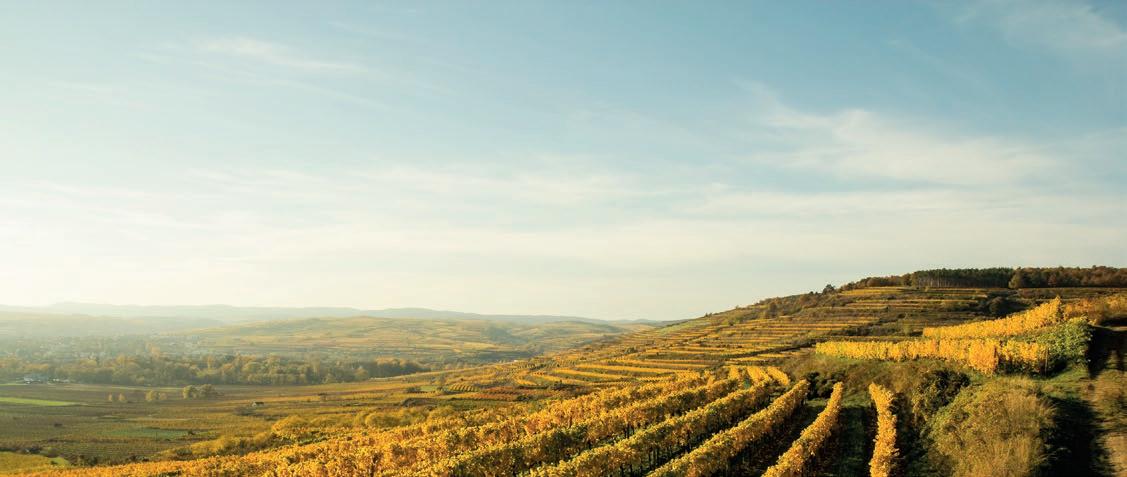
1 minute read
Klimt and Women

THE KUNSTSCHAU 1908, AN EXHIBITION THAT TODAY IS STILL RECKONED A PIONEERING EVENT IN THE DEVELOPMENT OF VIENNESE MODERNISM, WAS DEVISED BY A GROUP OF ARTISTS AROUND GUSTAV KLIMT IN PARALLEL TO THE CELEBRATIONS OF EMPEROR FRANZ JOSEPH´S DIAMOND JUBILEE.
Advertisement
On a piece of temporarily unused land in the city centre Joseph Hoffmann, Gustav Klimt, Otto Prutscher and Koloman Moser, amongst others, set up wooden buildings with 54 exhibition spaces, gardens and courtyards, a coffeehouse and an open-air theatre. Here Gustav Klimt´s golden painting The Kiss, in a special Klimt room, was presented to the public for the first time.
Klimt travelled in 1903 to Ravenna. The Byzantine mosaics which he saw there made a great and lasting impression on him; he was fascinated by the gleaming gold backgrounds against which the figures stand out in majestic stiffness. Back in Vienna Klimt painted a series of female portraits which are some of the best known works of Viennese Jugendstil. In these paintings the differentation beween dress, figure and ornamental background is virtually eliminated. The human figure is overgrown with decorative motifs, only the head and the hands are represented realistically and have the effect of a jewel in a precious setting. In spite of zhis very artificial mode of representation, the paintings are true masterpieces of the art of portrait painting and give full expression to the dignity and personality of the women portrayed.
In this period too Klimt painted his most popular work, „The Kiss“, which is also characterised by the use of gold leaf. The tightly embracing couple, the flowery meadow in which they are kneeling, the gleaming background – it all dissolves into an ornamental surface. The eye is caught by the geometrical forms










